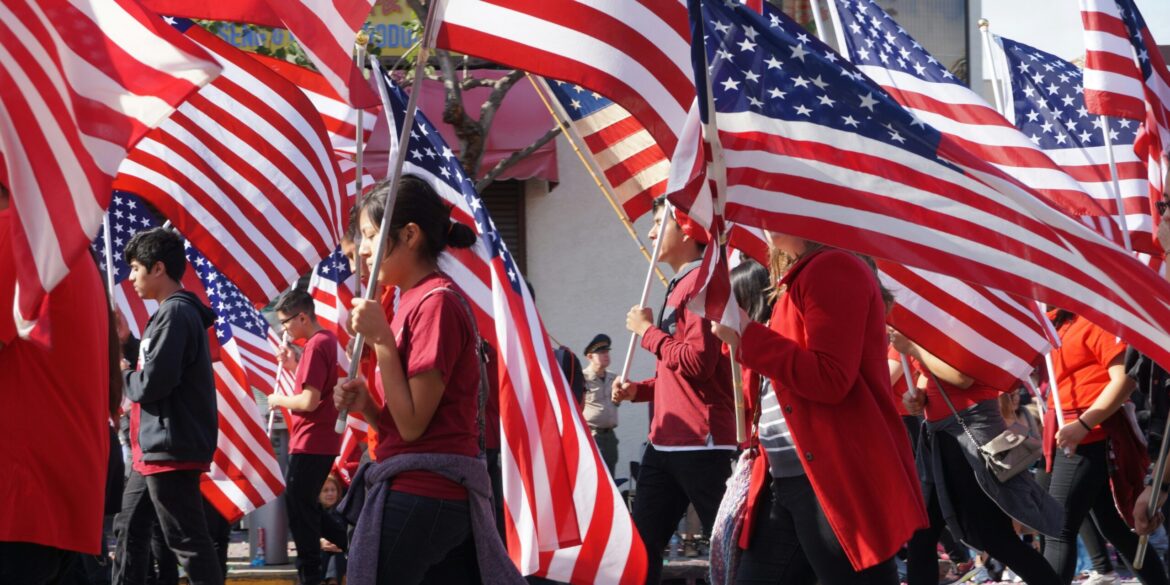On August 22, 2025, Ganesh Chaturthi, one of the most vibrant and widely celebrated festivals in the Hindu calendar, was observed by communities across the United States. This festival, which honors Lord Ganesha, the beloved Hindu god of wisdom, prosperity, and the remover of obstacles, holds deep significance for millions of Hindus worldwide. The occasion was marked by a blend of traditional rituals, cultural events, and community gatherings that brought together people from various walks of life, fostering a sense of unity and cultural pride among the diaspora.
In cities across the country, from New York to Los Angeles, devotees set up intricate home shrines to welcome Lord Ganesha, adorning their homes with flowers, vibrant fabrics, and colorful idols of the deity. These temporary shrines became the focal points of devotion and celebration during the ten-day festival. Families, both in private and in the larger community, came together to worship with fervor, offering sweets, especially the beloved modak, a sweet dumpling considered to be Lord Ganesha’s favorite. The modaks, typically made of rice flour and stuffed with a mix of coconut, jaggery, and nuts, symbolized a sweet reward for the blessings sought from Ganesha.
The practice of daily aartis, the chanting of prayers and hymns in praise of Ganesha, was another key aspect of the celebrations. Devotees would gather in their homes or at local temples to perform these aartis, invoking the divine blessings of Lord Ganesha. The rhythmic chants and melodic hymns created a spiritual atmosphere, connecting worshippers to their cultural roots and to each other. The sound of the bell ringing during the aartis and the offering of lighted lamps in front of the idol was not just an act of worship, but a beautiful tradition that united the community in its reverence for the god.
Read Also: https://todayus.com/milwaukees-summerfest-the-worlds-largest-music-festival/
In addition to the intimate home celebrations, larger community events were held across the U.S. at temples and cultural centers. These gatherings featured grand processions with idols of Lord Ganesha carried through the streets, accompanied by music, chanting, and devotional dances. The processions were often followed by community feasts and cultural programs, including classical dance performances, music concerts, and plays depicting the stories of Lord Ganesha. These events allowed participants to share their faith and culture with the wider community, inviting people of all backgrounds to experience the vibrant traditions of Hinduism.
For many Hindus in the U.S., Ganesh Chaturthi is more than just a religious occasion; it is a celebration of identity and heritage. The festival serves as a reminder of the values Lord Ganesha embodies—removal of obstacles, the pursuit of wisdom, and the creation of new beginnings. It also serves as an opportunity for the diaspora to connect with their roots, celebrate their cultural traditions, and foster a sense of belonging, even if far from their homeland.
This year’s Ganesh Chaturthi celebrations across the U.S. demonstrated the strength and resilience of Hindu culture in the diaspora. While the communities may be geographically distant from their places of origin, their faith and traditions continue to thrive, passed down through generations and enriched by the experiences of living abroad. The festival, with its blend of devotion, joy, and cultural expression, is a testament to the power of tradition in uniting communities, creating bonds between individuals and groups that span continents. Through the shared worship of Lord Ganesha, families and communities celebrated not only their religious faith but also their identity, resilience, and cultural pride.


